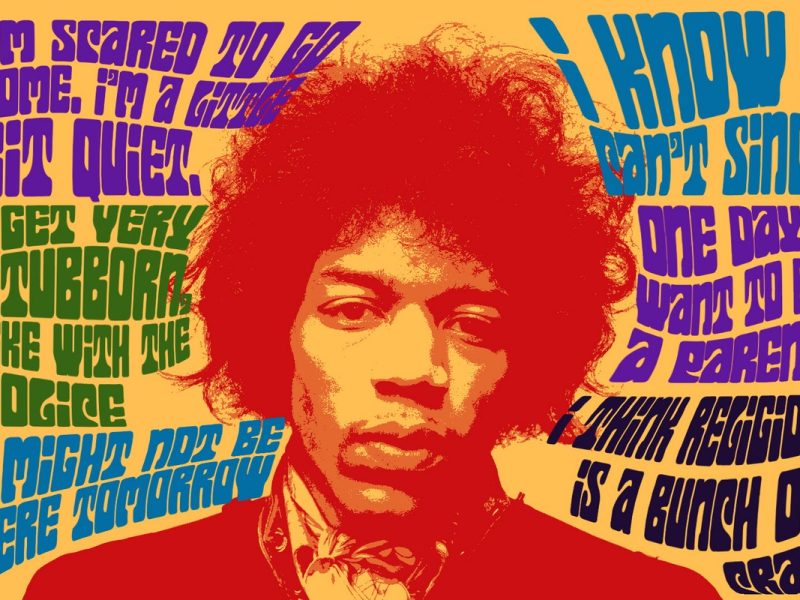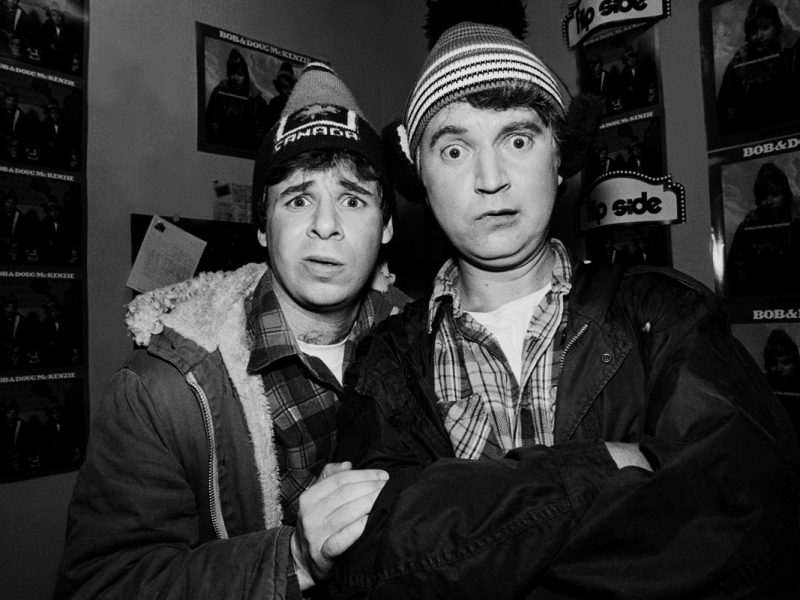An informal jam at a party in July 1968 wound up resulting in some of the greatest harmonies of the rock era. That was when the trio of David Crosby, Stephen Stills and Graham Nash first sang together.
All three had become famous in bands noted for their harmonies: Crosby with the Byrds, Stills with Buffalo Springfield and Nash with the Hollies. When the Hollies reached Los Angeles in 1966, Nash met Cass Elliott of the Mamas and the Papas, who took her to Crosby’s house in Laurel Canyon, where he was lying on a couch and instantly impressed Nash. But not with his music.
“As he’s talking to me, on his chest he has a shoebox lid,” he recalled. “And without losing eye contact with me, he’s shaking this lid, and he’s separating the grass from the stems and the seeds. Perfectly. I’d never seen anything like this.” Later that night, Crosby took him to a party at the house of Peter Tork of the Monkees to meet Stills. Nash returned to England with a bunch of new friends.
In October 1967, Crosby was fired during the sessions for The Notorious Byrd Brothers (the 1997 CD reissue features a hidden track of Crosby berating drummer Michael Clarke in the studio). Buffalo Springfield broke up six months later, so Crosby and Stills began working together, writing and recording demos.
Meanwhile, Nash was feeling frustrated with the Hollies, wanting to record more ambitious material than the lightweight, albeit wonderful, pop with which they had made their name. (“On a Carousel” was released a few days before the Beatles put out “Strawberry Fields Forever” and “Penny Lane,” and “Carrie Anne” arrived the same week as Sgt. Pepper’s Lonely Hearts Club Band.) Their next single, Nash’s “King Midas in Reverse,” barely dented the U.K. Top 20.
He’d also fallen deeply in love with Joni Mitchell, whom Crosby had brought to Los Angeles to produce her debut album. In Crosby Stills and Nash: The Biography, author Dave Zimmer writes that the location of that destined night differs depending on who you ask. Crosby claimed it was at Mitchell’s; Nash has alternated between Mitchell’s and Elliott’s houses, and both Stills and John Sebastian have said it was at Sebastian’s.
But wherever it took place, everybody who was there agree on the details: At some point, Crosby and Stills began playing one of Stills’ songs, “You Don’t Have to Cry.” When they were done, Nash, blown away by the tune, asked them to play it again. And again.
“On that third time, I’d learned the words, the melody — I knew what I was gonna do,” Nash recalled. “Whatever sound Crosby, Stills & Nash has was born in 30 seconds. That’s how long it took us to harmonize that way, so much so that we burst out laughing in the middle of the song. Because the Springfield and the Byrds and the Hollies were good harmony bands. We knew what we were doing. We’d been making records in harmony for years. But this was different.” “It was scary,” Crosby said in Zimmer’s book.
“But once we new what we had, you could not pry us apart with a crowbar. We knew we’d lucked onto something special, man. We could hear it plain as day.”
Listen to Crosby, Stills & Nash’s ‘You Don’t Have to Cry’
Between the magic of that evening, his dissatisfaction in the Hollies and his desire to be with Mitchell, Nash’s next move was simple: He left the band to work with the other two, calling themselves Crosby, Stills & Nash. They attempted to get a deal with Apple Records but were rejected. So Ahmet Ertegun signed them to Atlantic, the home of Buffalo Springfield, and the trio’s self-titled debut came out in May 1969.
Success came immediately. Crosby, Stills & Nash spawned Top 40 singles in Nash’s “Marrakesh Express” and Stills’ “Suite: Judy Blue Eyes.” Then, in order to help out with live performances, they added a fourth member: Stills’ brilliant, but mercurial ex-Buffalo Springfield bandmate, Neil Young, and CSN became CSNY. Their first gig as a foursome was in Chicago on Aug. 16, 1969. Their second was the next day in front of 500,000 people at Woodstock.
“It was like lobbing a live grenade into a vacuum,” Nash remembered. “Neil was a guy with immense talent who was utterly self-centered. Bands for him were merely stepping-stones, way stations to a personal goal. That’s the way it had gone down with Buffalo Springfield. They could never count on him at crunch time, never be sure he would turn up at gigs.”
Crosby said that it was the circumstances, not necessarily the individuals, that created the problems. “If you give a bunch of very young guys millions of dollars and get them high as kites and let them loose, it’s just sort of inevitable.”
Over the decades, they continued to record and tour — as a trio, a quartet, in splinter groups like the Stills-Young band and Crosby & Nash and as solo acts. They withstood numerous obstacles — personality clashes, Crosby’s incarceration on drugs and gun possession charges, the 1990 album Live It Up — but the three of them kept returning to each other because of that blend of voices. As Nash said, “Nobody has any claims on the notes that we sing, but nobody in the world can sound like me and David and Stephen when we join our voices together.”
But by 2014, Crosby was unhappy with Young’s decision to leave his wife of nearly 40 years for actress Daryl Hannah. “I happen to know that he’s hanging out with somebody that’s a purely poisonous predator now,” Crosby said. “And that’s karma. He’s gonna get hurt. But I understand why it happened. I’m just sad about it. I’m always sad when I see love get tossed in the gutter.”
Within a month, Young told an audience that “CSNY will never tour again, ever.”
Two years later, the affable Nash, who had often served as the peacemaker, revealed that he too could no longer work with Crosby. “I’ve been there and saved his fucking ass for 45 years,” he said, “and he treated me like shit. You can’t do that to me. You can do it for a day or so, until I think you’re going to come round. But when it goes on longer, and I keep getting nasty emails from him, I’m done. Fuck you.”
Crosby died in 2023. The mercurial rocker reportedly made efforts to mend fences with his former bandmates prior to his death.
Top 100 ’70s Rock Albums
From AC/DC to ZZ Top, from ‘Bridge Over Troubled Water’ to ‘London Calling,’ they’re all here.



